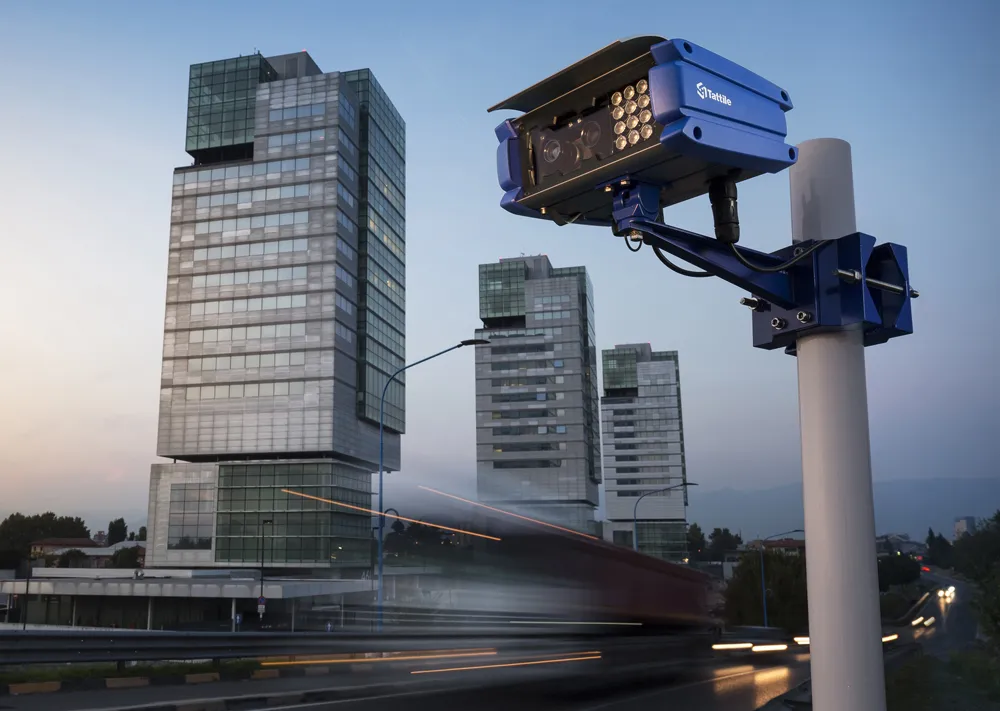Two of
SafeZone’s average speed enforcement system was installed along Brighton Seafront on Marine Parade and on the A259 Grosvenor Crescent in Hastings. Both schemes also used infra-red lighting to avoid complaints from residents about the use of white lights close to their properties.
These cameras are said to identify all vehicles that enter the enforcement zone and calculate their average speed over a measured distance. They create evidential records only for vehicles that exceed the speed limit which is then sent remotely to the back-office in-station for processing via a fixed communications network.
A single camera, according to Siemens, can provide three lane coverage of up to 9.5m and allow processing of up to 2500 fast-moving vehicles per lane per hour to reduce the number of cameras required.
The technology is approved by the Home Office and fully integrated into the penalty notice processing facility run by SSRP. It is based on Automatic Number Plate Recognition (ANPR) technology and Siemens’ first-generation camera Sicore, which utilises the company’s vision based engine.
All new ANPR deployments will be provided with the Sicore II camera. The device aims to deliver evidentially secure images for average speed control, low emission zones or access control operations.
Mark Trimmer, operations manager at SSRP, said: “Not only are both schemes reporting very high levels of speed compliance and road safety but we have received no complaints from local residents.”









